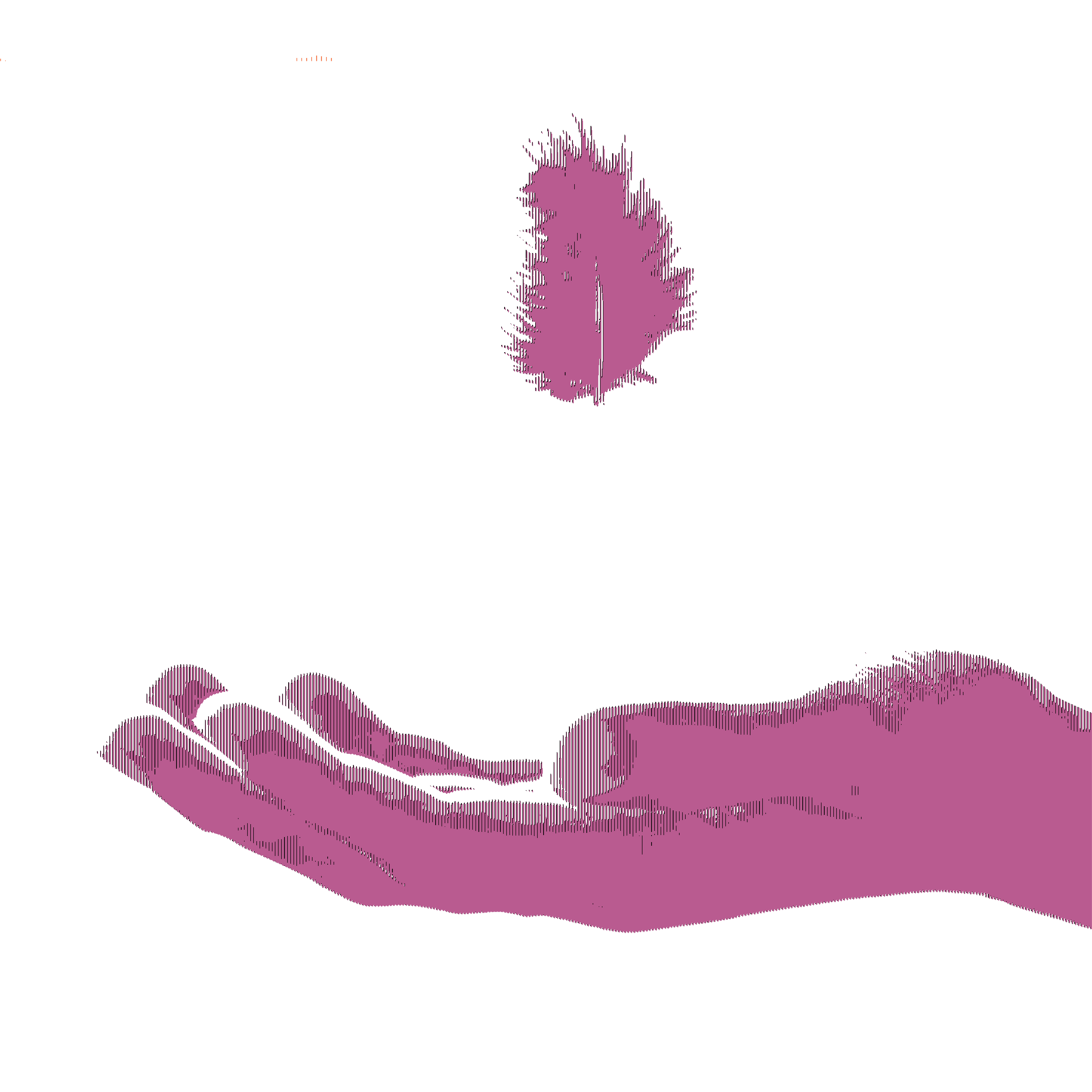As Sudan gears up for Sunday's national elections, another landmark vote is on the horizon -- a referendum in January that will determine whether the south splits from the north.
Like the elections, the referendum is a key requirement of the 2005 Comprehensive Peace Agreement, intended to give southerners a chance to decide if they will remain in a unity government with the north, or become an independent country.
But several major related issues are still up in the air, including where the north-south border actually is.
"On the referendum, we still have a long way to go," said Deing Arop Koul, the chief administrator of Abyei, a village located in a part of Sudan where the boundary is still undefined. "The problems start with the demarcation process. We need to know the northern borders."
But a commission delegated with drawing the line has been stuck over which of the two parties that signed the 2005 peace deal -- the National Congress Party of the north and Sudan People's Liberation Movement of the south -- will chair it, he said.
"There is a widespread agreement, including between the parties, that the borders should be as they were on Jan. 1, 1956, which is independence day for Sudan," explained Alan Goulty, a senior scholar at the Woodrow Wilson Center in Washington, D.C. He was also Britain's ambassador to Sudan from 1995-1999 and special representative to Sudan from 2002-2004.
"But of course, no body drew a map and dated it Jan. 1, 1956," Goulty said. "The maps were a year, 10 years, 15 years before, or in some cases afterwards. So there is scope for argument as to where that border actually went, and when the resource questions are involved, then the parties argue."
Even crossing the border would become more difficult if it is an international boundary as opposed to an administrative line within one country, Goulty said.
And there are other major outstanding issues, including how to distribute Sudan's oil revenues...




